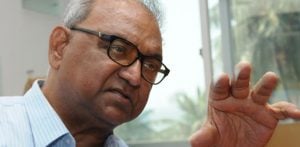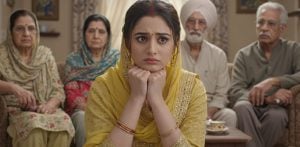The service has is its “Shuttle for Women”
South Asia is renowned for its transportation. There are all sorts of odd and wonderful vehicles which are often a necessity to get around.
South Asia’s roads are like poetic chaos, a description quite fit for the bustling streets, honking horns, and thousands of people eager to get to their destination.
There are countless videos and posts online about the roads all over South Asia.
They are a mixture of all kinds of vehicles, pedestrians, and even animals.
To an outside observer it may seem very overwhelming, but needless to say, DESIblitz will show the odd and wonderful forms of transport in South Asia.
The Tuk Tuk

The Tuk Tuk is a vehicle unlike those that many are used to. It has three wheels, doesn’t have doors, and is a smaller vehicle than a car.
These rickshaws, as their actual name is, serve both as taxis and personal vehicles for hire.
They can be found in bicycle variants, as well as a wide range of auto and electric forms.
Though they were first made in 1930s Japan but have taken on their own form in South Asia.
The Taxi Tuk Tuks are usually painted in the iconic black and yellow colours in India.
They are found in many styles, however, as there are versions with company information printed on the sides.
In Pakistan, the Chingchee is an intricately hand-painted version of the rickshaw.
Often they are also adorned with little trinkets.
This iconic vehicle has gained considerable attention and fans outside of South Asia. It sees usage as close as Southeast Asia, and as far out as South America.
They are cheap, accessible, and mass-produced by a lot of companies. It’s no wonder they have caught the adoration of the global public.
Boats
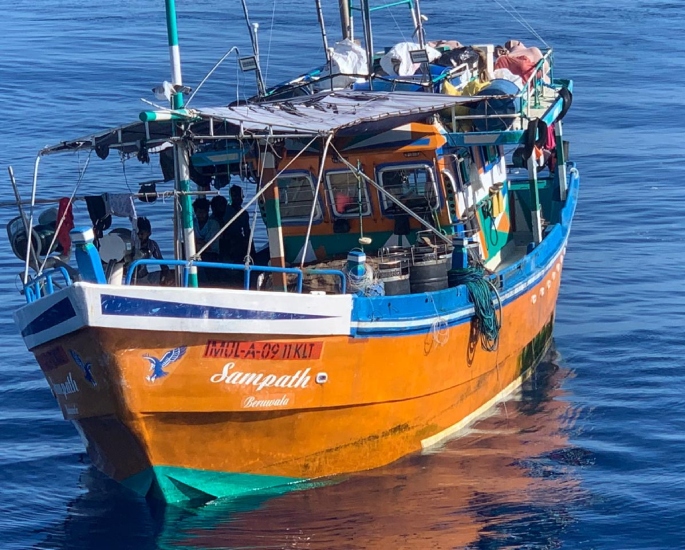
Boats are a type of transportation in South Asia that have significant use.
South Asia’s geographical diversity means though, that not every part of South Asia has the same level of need.
Whilst in Bangladesh, Sri Lanka, and parts of India, boats are often a necessity, places such as Pakistan are much drier and arid.
In Bangladesh, there is an extensive water network, which allows for a wide range of ports. Water transport is the primary mode of transport there.
Traditional country boats are a popular style of boats available. They are accessible and affordable.
There are also dinghies, sampam and bainkata-type boats amongst many others.
Bangladesh has kept its ancient boat culture alive.
Dhows are popular in India, having long thin hulls, being a traditional form of a boat.
Though boats aren’t as needed in Pakistan, they see usage along the coastline. They are especially used in Sindh, in the Indus Delta. River boats are still very popular there today.
Kauntal boats, usually called “Sindhi berri” (Sindhian Boats) are still active. There are other large vessels such as Qalmi, and Machhuo.
Cars
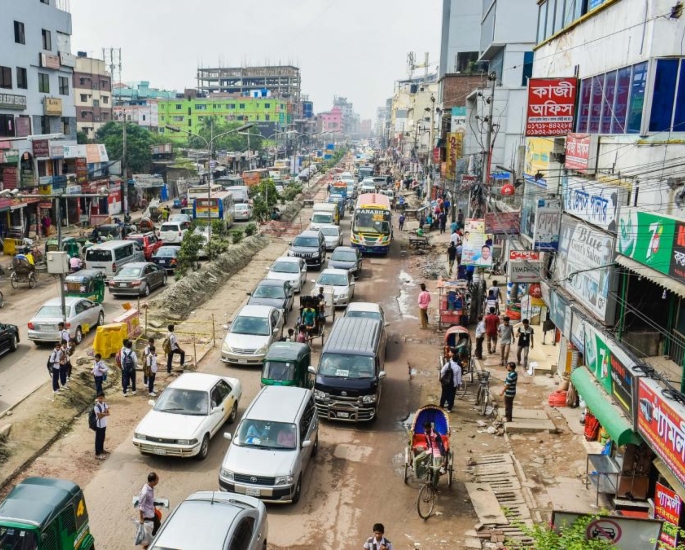
There is a wide range of attractive cars in South Asia that have mass appeal. Many Southeast Asian companies see success in South Asia, such as Nissan, Toyota, and Honda.
But another company, which since the 2000s gained a lot of popularity in India, is Tata Motor Limited (although the company has been present for over 100 years).
This homegrown company has a range of fashionable Sedans, hatchbacks, and SUVs.
Cars are not equally accessible in every part of South Asia. In Pakistan, they have a reputation for being expensive.
This is due to some of the policies and taxes that make them too unaffordable for most.
That being said, they are still widely used, with many of the previously mentioned companies having the most sold vehicles there.
In Bangladesh, Toyota is the most popular choice for cars, with the Corolla, Noah, and Allion being some of the most sought-after models.
Another interesting way to use cars in South Asia is ridesharing. Apps such as Uber have gained popularity in usage.
In Pakistan, Uber, Careem, and Carpoolyn are all options used by passengers, and many people ride together instead of singularly like one often sees in western countries.
Though Uber has since October 2022 stopped operating in Karachi, Multan, Faisalabad, Peshawar, and Islamabad.
In Bangladesh, the ridesharing company Shuttle gained major attention since its formation in 2018. Shuttle offers a cheaper service than Uber and other apps.
A unique selling point the service has is its “Shuttle for Women”, in an effort to circumvent the inequalities on public transport.
In India, Uber and Lyft remain favoured options.
Rail

If there is one very iconic image of South Asia, it is photos of long-winding trains packed to the brim with people.
Whilst these most typically come out of India, rail is very popular all over South Asia.
In South Asia, the development of rail accelerated during colonial times.
There are certain colonialist understandings of railway culture that became popular talking points.
That is, for instance, that somehow railways disrupted all barriers of caste and religion.
In such a light, we should also not understate the importance of rail in South Asia. The mode of transport connected even the furthest parts of South Asian countries.
Almost every South Asian country has some form of railway network, with the exceptions of Bhutan and the Maldives. These railways carry millions collectively.
India has the world’s fourth largest railway network in the world, with its routes spanning 68,043 km as of 2022.
Pakistan’s railway is the second largest in South Asia, spanning 7,791 km in 2022.
Bangladesh’s railway route length is 3018.88 km, and Sri Lanka’s railway route length is 1,592 km, from 2019.
The importance of rail in a multinational context is noted in South Asia.
The South Asian Association for Regional Cooperation (SAARC) has committed to connecting South Asia via rail.
Another notable rail project is the Uzbekistan, Afghanistan, and Pakistan railway which was proposed in February 2021.
Motorbikes
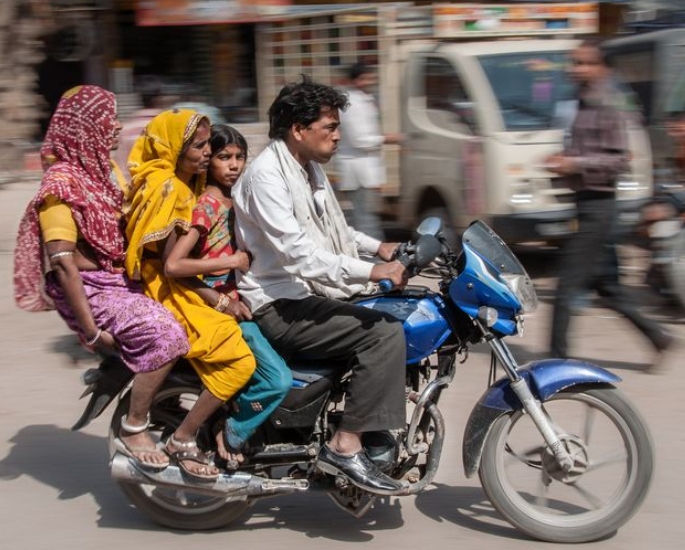
Motorbike culture is quite strong all over South Asia. Bikes are cheap, affordable to run and maintain, and often used as family vehicles.
Yamaha, Honda, Suzuki, Royal Enfield, TVS. Take a pick. All these brands and much more are popular within South Asia.
In India, the motorbike industry is quite significant.
Having around 40% of the total share of the global market, it is fair to say that bikes are a staple in India and it is singlehandedly the largest market.
Three domestic companies that dominate the market are Hero, Bajaj, and TVS. Their offerings are everywhere in India.
Across the border in Pakistan, bikes are also a mainstay.
Unlike India however, there do not appear to be any significant domestic offerings outside of United Auto Industries.
Japanese bikes such as Yamaha and Honda are the defaults.
Bangladesh’s most-loved bikes are by the same companies as India, with some overlap with Pakistan.
Interestingly, Nepal has a startup in electric vehicles called Yatri Motorcycles.
They made the country’s first EV bike in 2021, though have faced significant issues with bureaucracy.
There are a great variety of odd and wonderful forms of transport in South Asia.
From the rickshaw to bikes, cars, boats rail, and much more, South Asia has a number of ways to get around.
There are amazing, old and, new forms of transport, which shows South Asia’s ability to respect tradition and technology.
As sustainability becomes more of a key issue, it will be interesting to see what South Asia comes up with.







































